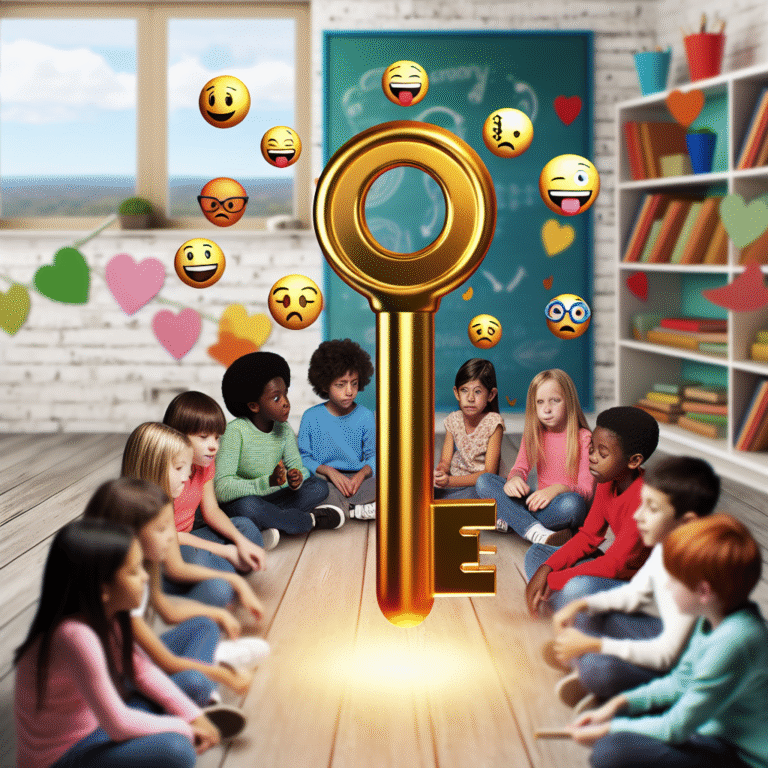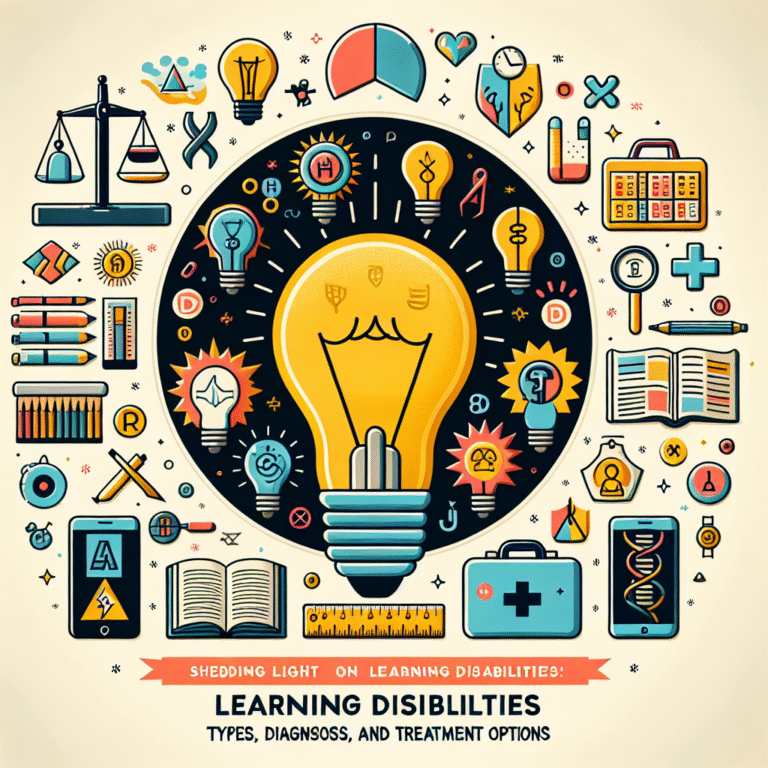
The Ultimate Guide to Communication Breakdowns: Common Pitfalls Couples Face and How to Avoid Them
Introduction
In any relationship, effective communication is the cornerstone that holds everything together. Yet, despite its importance, communication often breaks down, leading to misunderstandings, resentment, and conflicts. Understanding the communication breakdowns: common pitfalls couples face and how to avoid them can drastically change the dynamics of your relationship. By diving deep into this topic, we aim to provide couples with actionable insights that can help them navigate through rough patches and enhance their connection.
The Importance of Communication in Relationships
Before we delve into the common pitfalls, it’s essential to recognize the fundamental role of communication in relationships. Effective communication fosters trust, deepens emotional intimacy, and promotes understanding. Couples who can share their thoughts and feelings openly are more likely to resolve conflicts and grow together.
Case Study: Sarah and Tom
Consider the case of Sarah and Tom. Each had busy careers, leaving little room for meaningful conversations. Over time, small misunderstandings grew into significant issues, creating emotional distance. It wasn’t until they attended a couples’ workshop focused on communication that they realized their pitfalls. By enhancing their skills, they revived their connection, illustrating the power of effective communication.
Common Communication Pitfalls Couples Face
1. Assuming You Know What the Other Person is Thinking
One of the most common mistakes couples make is assuming they understand their partner’s thoughts or feelings. This often leads to misinterpretation and emotional distance.
- Avoiding the Pitfall: Foster open dialogue by asking questions that encourage your partner to share their thoughts. Instead of thinking, "She must be upset," ask, "How do you feel about this situation?"
2. Avoiding Difficult Conversations
Many couples shy away from discussing tough topics, thinking that silence will make the issues go away. However, this usually exacerbates the problems.
- Avoiding the Pitfall: Set aside time for hard conversations. It may feel uncomfortable, but addressing issues early can prevent them from escalating.
3. Using Negative or Blaming Language
Communicating in a blaming or negative way can lead to defensiveness and conflict. Instead of fostering understanding, it can push partners further apart.
- Avoiding the Pitfall: Use "I" statements to express your feelings without placing blame. For example, say “I feel neglected when we don’t spend time together,” rather than “You never want to do anything.”
4. Inactive Listening
Listening is just as crucial as speaking, yet many people tune out when their partner is speaking, thinking of their response instead.
- Avoiding the Pitfall: Practice active listening by summarizing what your partner has said to ensure understanding. This shows empathy and validation.
5. Bringing Up Past Issues
Rehashing old conflicts rather than focusing on current issues can create further resentment and hinder resolution.
- Avoiding the Pitfall: Stick to the current topic during discussions. If past issues need to be discussed, set aside a dedicated time for them, ensuring they don’t overshadow present concerns.
6. Lack of Non-Verbal Communication Awareness
Non-verbal cues such as body language, facial expressions, and tone often convey more than words. Ignoring these can lead to misunderstandings.
- Avoiding the Pitfall: Be mindful of your non-verbal signals. Ensure that your body language and tone match your words to convey your message effectively.
7. Technology Distractions
In our digital age, technology often interferes with meaningful conversations. Notifications and screens can divert attention and hinder engagement.
- Avoiding the Pitfall: Make it a point to unplug from technology during discussions. Establish "tech-free" times to focus solely on each other.
| Communication Pitfall | Potential Impact | How to Avoid It |
|---|---|---|
| Assuming Thoughts | Misunderstandings | Ask open-ended questions |
| Avoiding Difficult Talks | Escalating issues | Schedule time for tough subjects |
| Blaming Language | Defensiveness | Use "I" statements |
| Inactive Listening | Feelings of being unheard | Practice active listening |
| Past Issues | Resentment | Focus on current conversation |
| Non-Verbal Communication | Miscommunication | Align verbal and non-verbal cues |
| Tech Distractions | Loss of connection | Establish tech-free zones |
Tools to Enhance Communication
1. The "Communication Toolbox"
Couples can create a designated space where they keep communication tools, such as question cards or journal prompts to encourage discussions about feelings and experiences.
2. Active Listening Exercises
Engage in exercises where both partners practice summarizing each other’s thoughts and feelings. This builds empathy and understanding.
3. Routine Check-ins
Establish routine check-ins where each partner discusses their feelings and any issues. Consistency can prevent issues from building up.
The Role of Empathy in Communication
Empathy is a vital component in preventing communication breakdowns. Understanding your partner’s perspective can diminish conflicts and foster a deeper connection.
Case Study: Emma and Jake
Emma and Jake found themselves in continuous arguments over finances. By practicing empathy—putting themselves in each other’s shoes—they discovered that their approaches were influenced by their upbringing. This understanding allowed them to collaborate on a budget rather than argue over it.
Emotional Intelligence as a Communication Tool
Investing in emotional intelligence can dramatically improve communication in relationships. It involves recognizing your emotions and those of your partner, allowing for more thoughtful responses.
How to Enhance Emotional Intelligence
- Self-Reflection: Regularly take time to reflect on your feelings and motivations.
- Seek Feedback: Allow your partner to express how your actions affect them, fostering growth.
- Practice Mindfulness: Stay present during conversations, which promotes a deeper understanding.
Moving from Conflict to Resolution
When conflicts arise, few couples know how to navigate towards resolution effectively.
The Conflict Resolution Framework
- Identify the Issue: Clearly state what the conflict is about.
- Express Feelings: Each partner shares their feelings genuinely.
- Brainstorm Solutions: Collaboratively come up with possible solutions.
- Agree on Action Steps: Decide together on the steps each will take.
- Follow-up: Schedule a time to revisit the issue and discuss progress.
Conclusion
Navigating communication breakdowns: common pitfalls couples face and how to avoid them is essential for a thriving relationship. By being aware of these pitfalls and employing effective strategies, couples can strengthen their bonds and communicate more openly and honestly.
Effective communication is not a destination; it’s a continuous journey that requires effort, practice, and commitment. As you embark on this journey, remember that the rewards of effective communication—trust, intimacy, and understanding—are worth every effort.
FAQs
1. What are the signs of communication breakdown in a relationship?
Signs include frequent misunderstandings, avoidance of difficult topics, increased arguments, and emotional distance.
2. How can couples improve their communication skills?
Practice active listening, use "I" statements, and schedule regular check-ins to discuss feelings and concerns.
3. Why is non-verbal communication important?
Non-verbal cues often convey emotions and intentions that words may not. Ignoring them can lead to misunderstandings.
4. Can technology affect communication negatively?
Yes, distractions from phones and devices can detract from meaningful conversations and connection.
5. How do we set boundaries for communication during conflicts?
Establish a mutual agreement on how to respectfully discuss conflicts, including time limits for speaking and listening without interruptions.
By actively engaging with these insights and strategies, couples can work together to avoid common pitfalls and strengthen their relationship through powerful communication.















